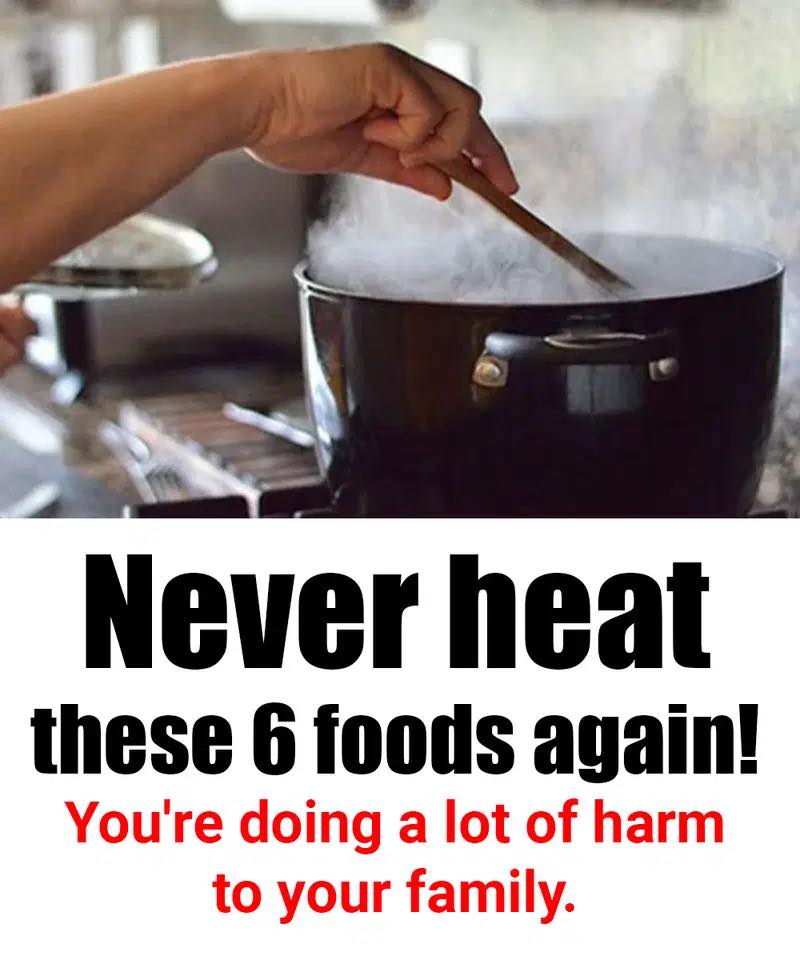6 Foods You Should Think Twice About Reheating (And Why It Matters!)
When we reheat food, we’re not just warming it up. We’re triggering a complex series of chemical reactions. Proteins can denature, fats can oxidize, and bacteria (both good and bad) can multiply if food isn’t cooled and reheated properly. The key concerns typically revolve around:
- Bacterial Growth: The “danger zone” for bacteria is between 5°C and 60°C. If food cools too slowly or is reheated inadequately, bacteria like Bacillus cereus (common in rice and starches) or Clostridium perfringens (common in meat dishes) can produce toxins that aren’t destroyed by subsequent heating.
- Nutrient Degradation: Vitamins, especially water-soluble ones like Vitamin C and some B vitamins, are sensitive to heat and can degrade with repeated cooking.
- Chemical Changes: Some components in food can change form or react differently when heated multiple times.
So, which foods warrant extra attention?
Here are 6 categories of foods that often appear on lists of “problematic” reheats, along with the reasons why and how to handle them best:
Here are 6 categories of foods that often appear on lists of “problematic” reheats, along with the reasons why and how to handle them best:
1. Rice (Especially Cooked Rice)
- Why: Uncooked rice can contain spores of Bacillus cereus, a bacterium that can survive cooking. If cooked rice is left at room temperature for too long, these spores can multiply and produce toxins that cause vomiting or diarrhea, even after reheating.
- Best Practice: Cool cooked rice as quickly as possible (ideally within one hour) by spreading it on a plate. Refrigerate immediately and consume within one day. When reheating, ensure it’s steaming hot all the way through.
2. Chicken (and other Poultry)
- Why: Chicken is rich in protein. Reheating it, especially multiple times or to an insufficient temperature, can cause the proteins to break down differently. This can lead to a change in texture (it can become rubbery or dry) and, more critically, an increased risk of Salmonella contamination if not reheated to 74°C (165°F) throughout.
- Best Practice: Reheat chicken thoroughly until steaming hot. Consider slicing it thinly or cubing it for more even heating. For best quality, use reheated chicken in dishes where it’s mixed with sauce to prevent dryness.
3. Potatoes (Cooked)
CONTINUE READING ON THE NEXT PAGE
Pages: 1 2

